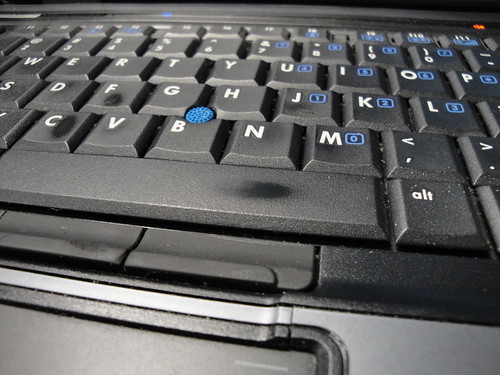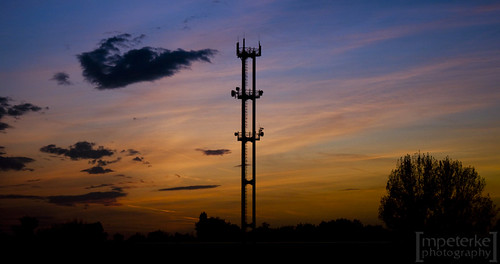
Photo: Kevin Spencer
While typing, how many spaces do you put after a period? I was taught to hit the spacebar twice after the end of a sentence. Turns out not everyone does this. I knew there were single spacers out there, but I thought they were heretical troglodytes. Then I saw this poll result: with a huge sample of 44,000 people, 47% use a single space!
How does this happen? I go for soooo long thinking almost everyone was on the same page, but in reality it is split down the middle.
Once I got over my ignorance as to how the rest of the world operates, I needed to know – how did Wikipedia standardize on which one to use? Obviously if you are going to embark on an monumental distributed encyclopedia, all authors should agree to either use single or double space. I could see this holding up the entire project and just turning into a huge debate to settle it once and for all. Propitiously, the HTML of web pages renders on the screen the same way whether you do a single space or ten spaces. Problem averted.
- It turns out the double space is a holdover from the typewriter days when fonts were monospaced. Utterly useless now and really dating me beyond my years.
- With my lofty aspiration to be the most efficient human alive, I must cut out the extraneous second space. I’ll keep you updated on the progress.
- Here is something else I found even more eye opening (although I will not discuss my personal proclivity): Sitters vs. Standers – The Great Wipe Hope







